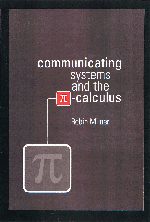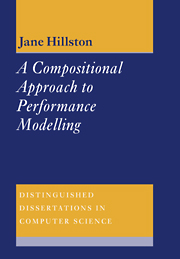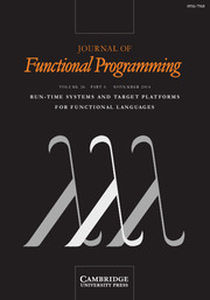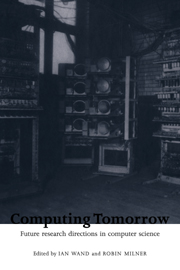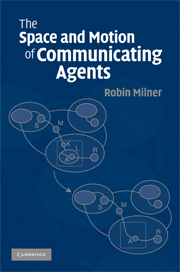Communicating and Mobile Systems
The pi-calculus differs from other models of communicating behaviour mainly in its treatment of mobility. The movement of a piece of data inside a computer program is treated exactly the same as the transfer of a message - or indeed an entire computer program - across the internet. One can also describe networks which reconfigure themselves. The calculus is very simple but powerful; its most prominent ingredient is the notion of a name. Its theory has two important ingredients: the concept of behavioural (or observational) equivalence, and the use of a new theory of types to classify patterns of interactive behaviour. The internet, and its communication protocols, fall within the scope of the theory just as much as computer programs, data structures, algorithms and programming languages. This book is the first textbook on the subject; it has been long-awaited by professionals and will be welcomed by them, and their students.
- First book on the subject
- Written by leading figure in computer science (winner of Turing award), and inventor of π-calculus
- Written for students and computer engineers as well as specialists
Reviews & endorsements
'… may well become the standard work on the π-calculus.' Martin Hoffman, Zentralblatt MATH
Product details
May 1999Paperback
9780521658690
174 pages
227 × 153 × 13 mm
0.24kg
58 b/w illus. 230 exercises
Available
Table of Contents
- Glossary
- Part I. Communicating Systems:
- 1. Introduction
- 2. Behaviour of automata
- 3. Sequential processes and bisimulation
- 4. Concurrent processes and reaction
- 5. Transitions and strong equivalence
- 6. Observation equivalence: theory
- 7. Observation equivalence: examples
- Part II. The π-Calculus:
- 8. What is mobility? 9. The π-calculus and reaction
- 10. Applications of the π-calculus
- 11. Sorts, objects and functions
- 12. Commitments and strong bisimulation
- 13. Observation equivalence and examples
- 14. Discussion and related work
- Bibliography
- Index.

